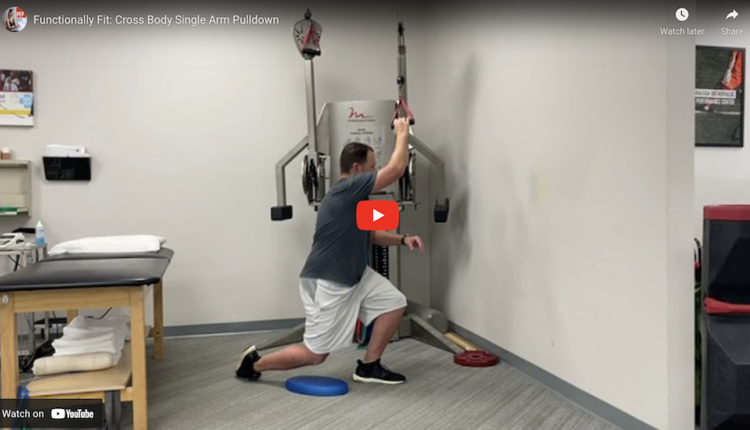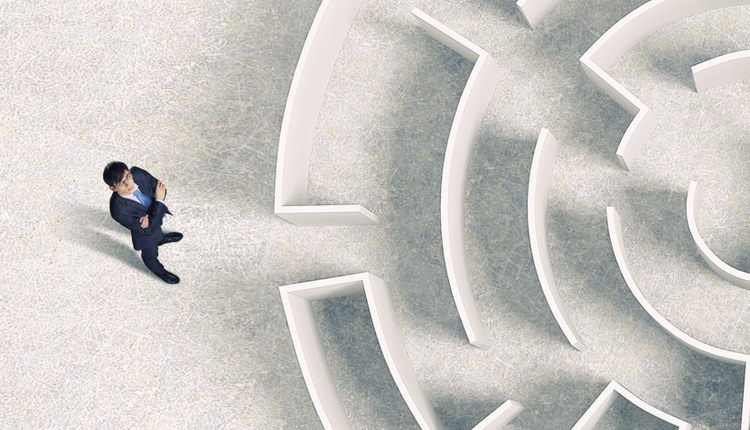
Dynamic hip mobility and single limb stability are important for athletic performance. Many people have limited movement capacity and poor motor control of the hip joint. This is a more advanced that exercise aims to improve mobility and motor control.


Execution:
Begin standing in single limb stance on the left leg with a slightly bent knee. Grasp a medicine ball and hold it against the chest (may use a weight plate as well). Now, perform a forward hip hinge keeping the back flat. Once a stable position is attained, slowly rotate the trunk to the left through the available range of motion. Pause and then rotate fully to the right. If balance is too challenging or a loss of balance is about to occur, simply use the trail foot to tap the floor or steady the body and then resume single limb stance. Move slowly back and forth for 5-8 repetitions. Perform 2-3 sets.
Progressions:
1. Increase the load (medicine ball, weight vest, plate, etc.)
2. Increase the cadence = more time under tension
Regressions:
1. Reduce the range of motion
2. Use the hands or the foot of the non-weightbearing leg to provide added support and stability
Application:
This exercise will enhance glute strength and hip/core stability. Achieving optimal hip internal and external range of motion in a closed chain manner such as this will facilitate pelvic motion around the femur. This motion is present in all sports that involve rotation and pivoting/change of direction. Limited hip rotation can increase stress not he lumbar spine and/or knee. In addition, this movement requires a certain degree strength and proprioception to avoid a loss of balance.
Note:
Some may find holding a medicine ball or weight plate provides a greater sense of stability, while others may feel it increases the difficulty of the movement. The focus of the exercise should be to move as far as possible in a controlled manner without losing balance. Start with smaller movements and do not force through any painful range of motion. Pain may indicate an intra-articular issue and pushing through it could worsen the condition.




















